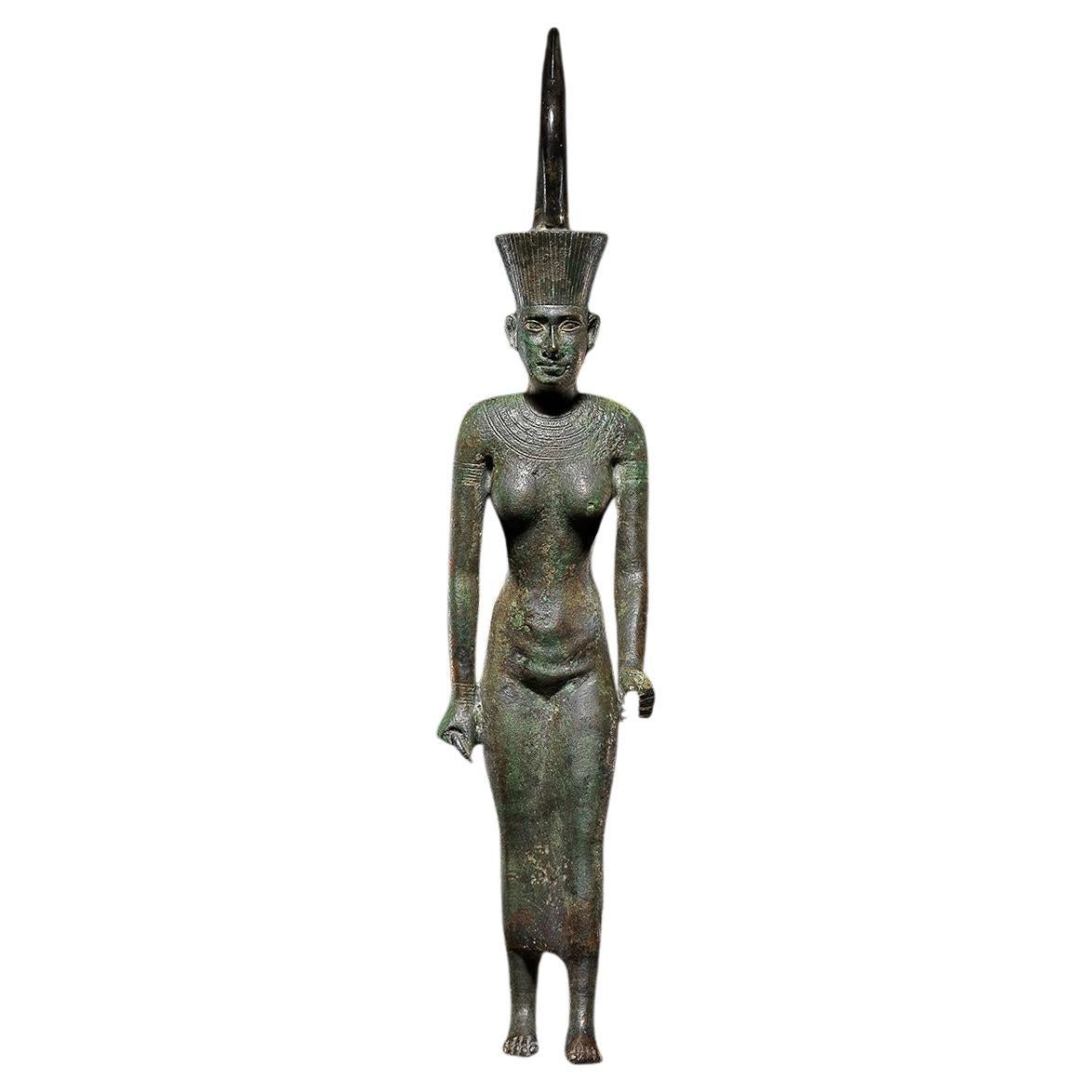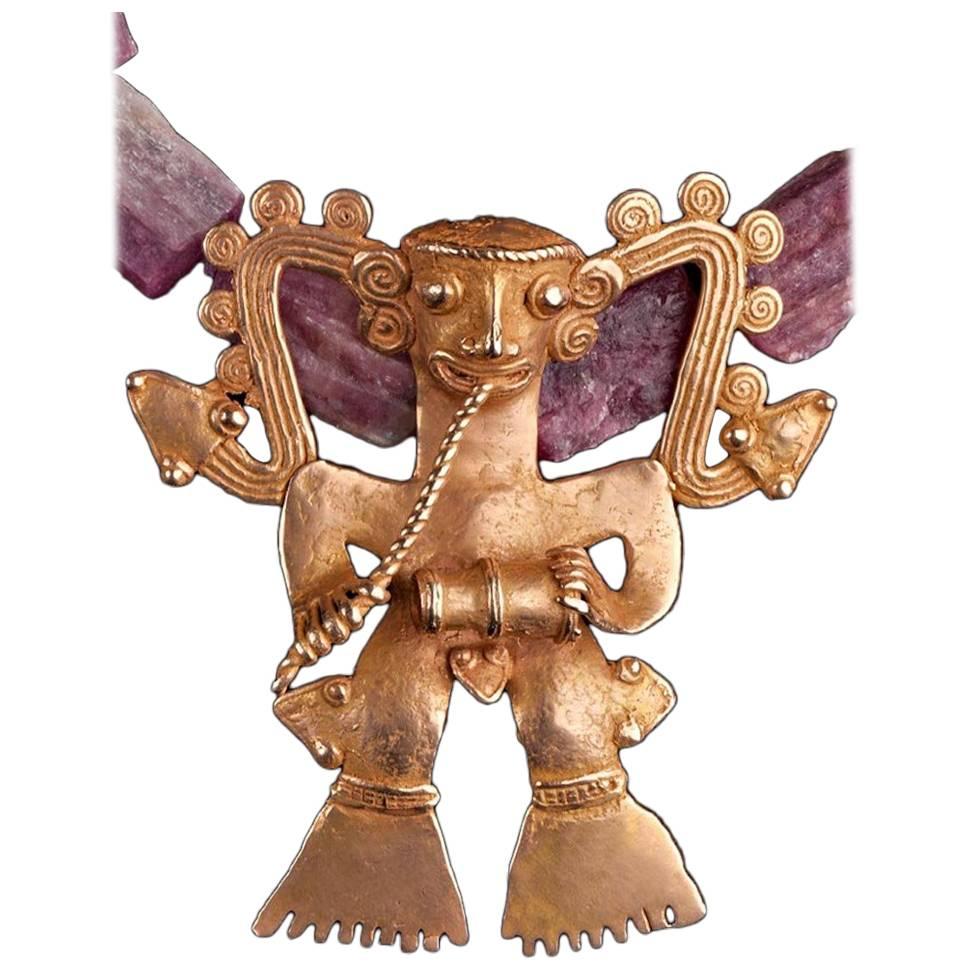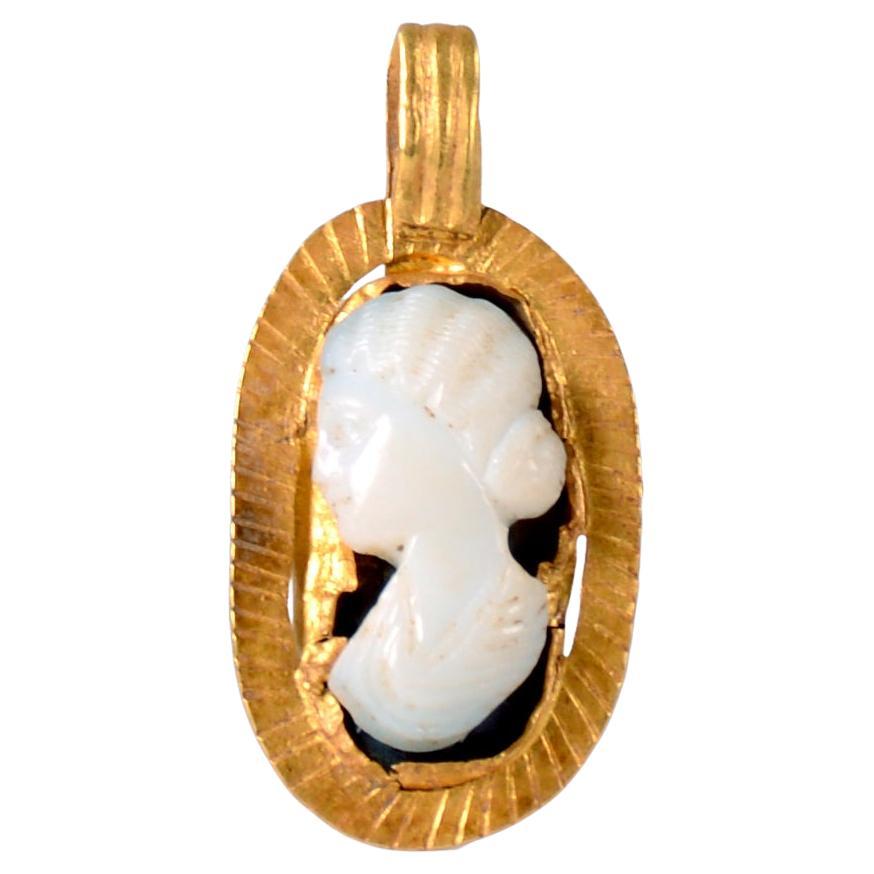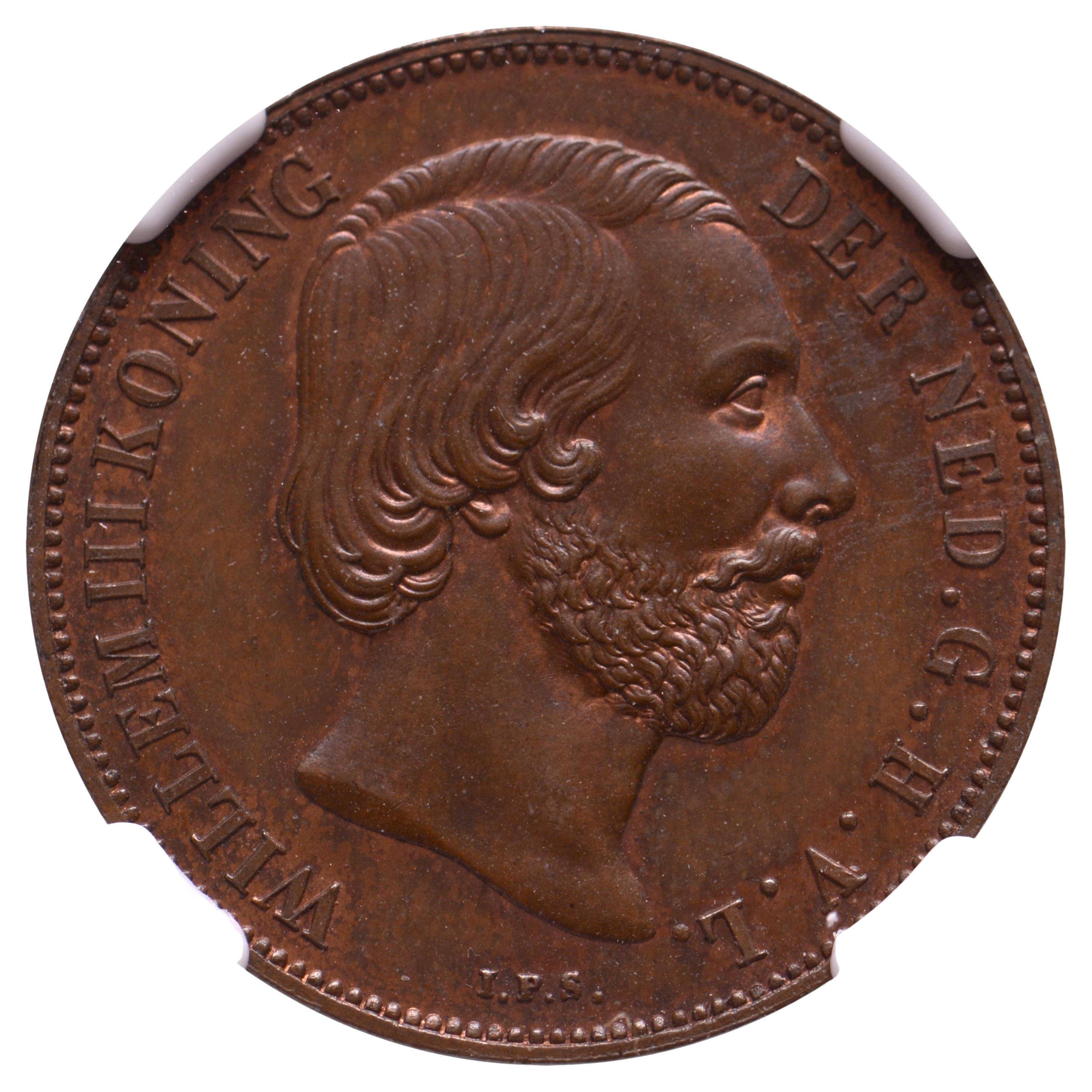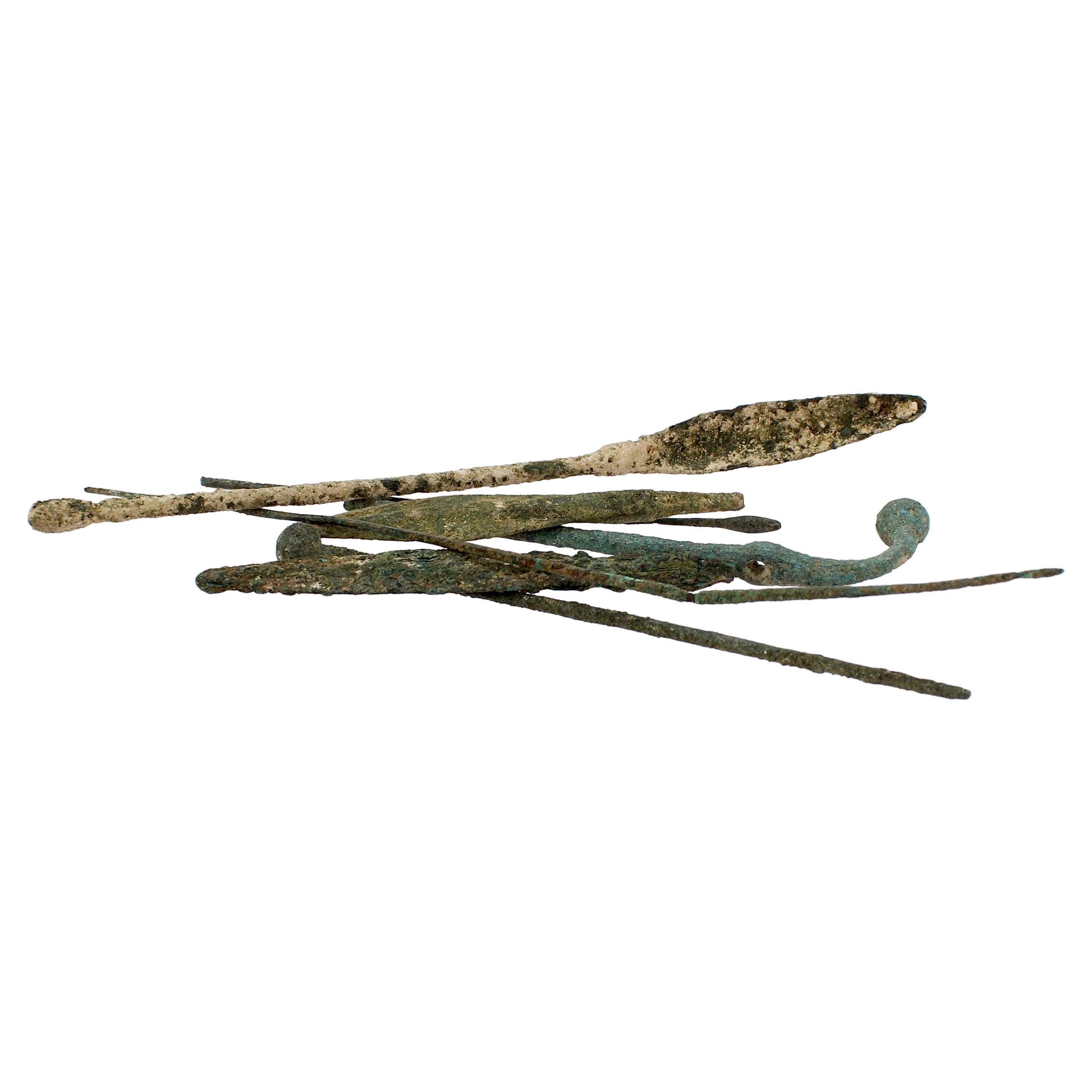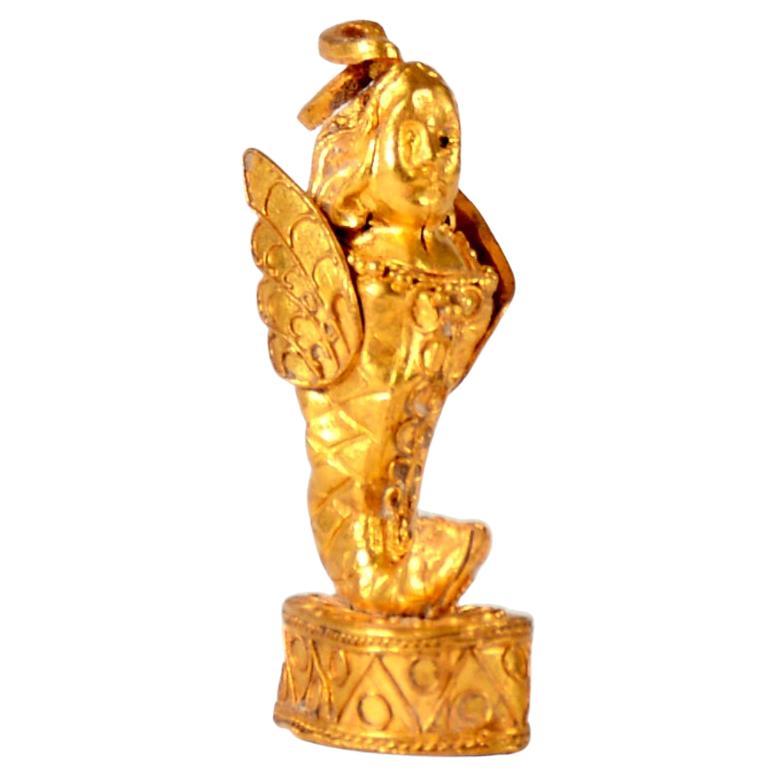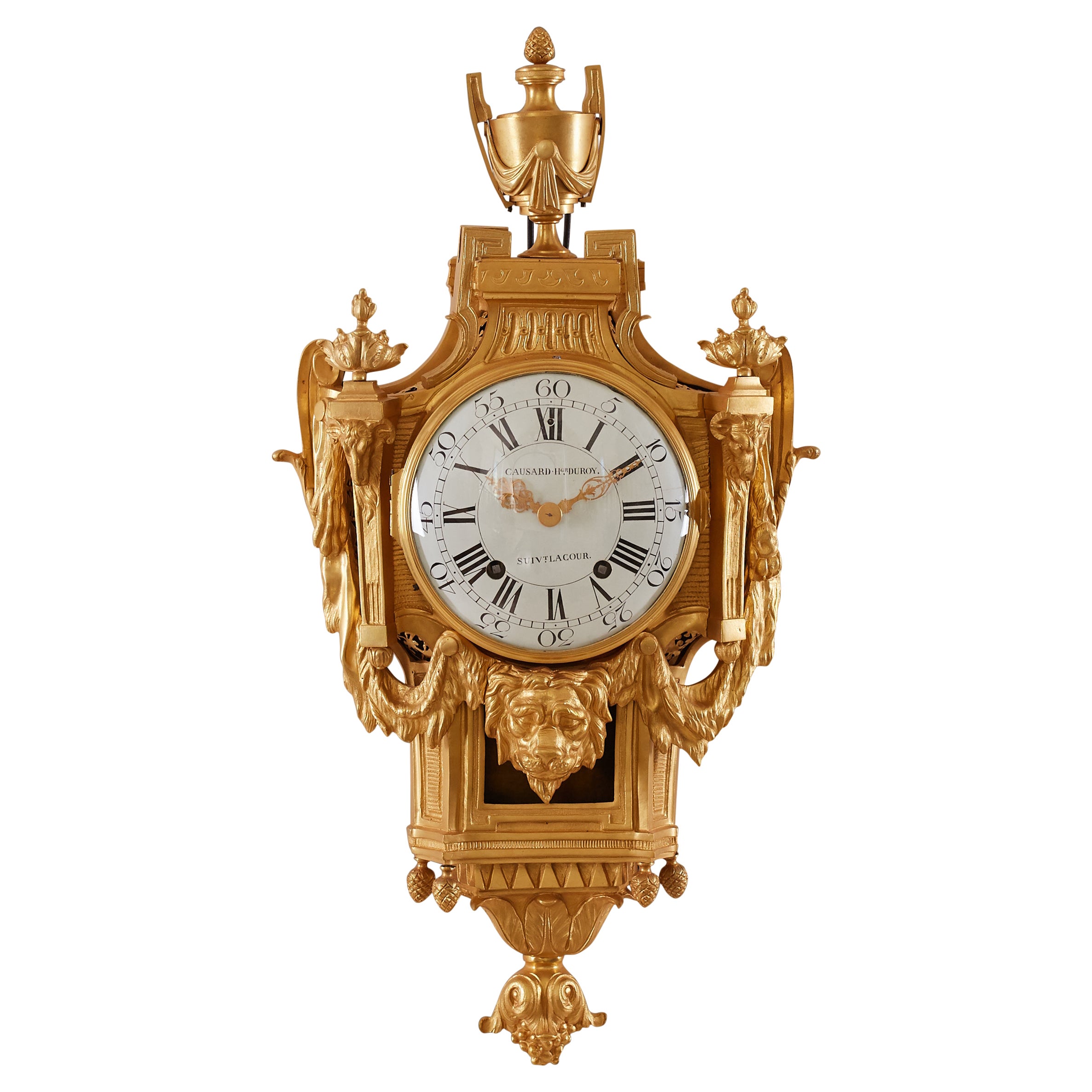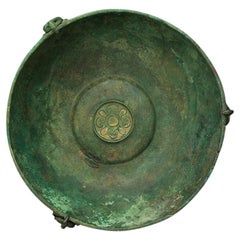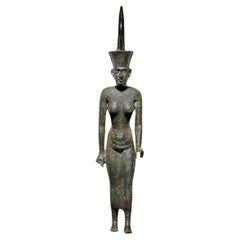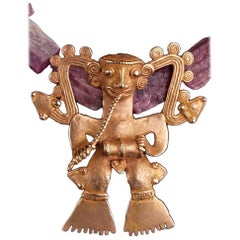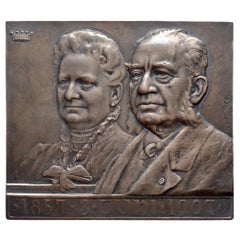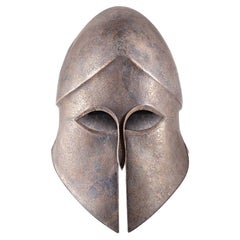
Corinthian Helmet
View Similar Items
Want more images or videos?
Request additional images or videos from the seller
1 of 7
Corinthian Helmet
About the Item
- Dimensions:Height: 13.39 in (34 cm)Width: 5.91 in (15 cm)Depth: 3.94 in (10 cm)
- Materials and Techniques:
- Place of Origin:
- Period:
- Date of Manufacture:6th-5th Century B.C
- Condition:Repaired: Restored left cheek and crown. Wear consistent with age and use. .
- Seller Location:London, GB
- Reference Number:Seller: D31421stDibs: LU5517223922772
About the Seller
5.0
Vetted Seller
These experienced sellers undergo a comprehensive evaluation by our team of in-house experts.
Established in 1910
1stDibs seller since 2020
More From This SellerView All
- Anglo-Saxon Hanging BowlLocated in London, GBA very rare and near-complete copper-alloy hanging bowl and associated fittings. Crafted from a single sheet of bronze, the body of the bowl is curved, with a slightly recessed lip. ...Category
Antique 15th Century and Earlier English Antiquities
MaterialsBronze
$102,220 - Statuette of the Goddess NeithLocated in London, GBBronze statue of the goddess Neith, striding, her left foot extended forward. Her left hand is extended forward and formally held a papyrus sceptre, a fragmentary ankh is visible in her right hand. She wears a close-fitting sheath dress, incised with a broad usekh collar, and carefully engraved bracelets and armlets. On her head is the Red Crown of Lower Egypt, decorated with vertical striations and restored spiral and spire. Her face is finely molded, with a broad upturned nose and electrum-overlaid eyes and eyebrows. Neith was one of the earliest recorded gods in the Egyptian pantheon, worshipped from early in the Predynastic era through to the arrival of Roman rule. A war goddess and goddess of weaving, she was the patron goddess of the Red Crown of Lower Egypt and the city of Zau (Sais, in the 5th Nome of Lower Egypt) in the Delta. A powerful and popular goddess, she was, according to the Iunyt (Esna) cosmology, the creator of the world and the mother of the sun, Ra. This made her the mother of all of the gods, who often came to her to settle their disputes. Her symbols are the bow and arrows and a sword and shield as a war goddess, a weaving shuttle as a funerary goddess, and the Red Crown of Lower Egypt as the goddess of creation and mother goddess. She is usually depicted as a woman wearing the Red Crown of Lower Egypt, however, she is occasionally depicted as a cow in connection with her role as the mother of Ra. The use of electrum, a naturally occurring alloy of gold and silver sometimes called ‘green-gold’, for the eyes speaks to the high status of the object. Electrum had been used by the Egyptians since at least the 3rd millennium B.C., but, give its rarity, was reserved for the most expensive and important objects. Most electrum used in Egypt was imported from Nubia, though some was found there. Published: Parke-Bernet Galleries, New York, February 25th, 1971, no. 70, illus. Sotheby’s, New York, June 5th, 1999, no. 31, illus. David Aaron Ltd...Category
Antique 15th Century and Earlier Egyptian Egyptian Antiquities
MaterialsBronze
$127,872 - Bronze HoardLocated in London, GBDagger L: 27.8 cm, Luniform bronze, possibly a belt buckle L: 10.8 cm, Shield-shaped bronze with a point Diam: 6.5 cm, Pommel Diam: 3.7 cm, Violin-bow brooch L: 17.5 cm, P-Shape...Category
Antique 15th Century and Earlier European Classical Roman Antiquities
MaterialsBronze
Price Upon Request - Bronze SirenLocated in London, GBSirens were dangerous bird-like females who tempted sailors with their hauntingly beautiful song. In Homer’s Odyssey (XII, 39) Odysseus and his sailors were warned about the lethal c...Category
Antique 15th Century and Earlier Greek Classical Greek Antiquities
MaterialsBronze
$42,155 - Two Glass Inlay PairsLocated in London, GBTwo pairs of two halves from the same bar, finely detailed, with pointed ears and eyebrows, opaque yellow face, opaque red on the mouth, nose, eyes and ears, translucent cobalt blue edges to the mouth, nose and ears, with translucent emerald green leaves above and between the translucent cobalt blue brows and eye line, translucent pink pupils, with translucent cobalt blie and opaque white snake scales below the face, in translucent cobalt blue matrix, cut in the lower part of a cartouche design. These rare heads might represent the Agathos Daimon, the tutelary deity of Alexandria, who was also identified with Serapis, the male counterpart of Isis-Thermouthis (who in turn was a graecisized form of the early snake harvest goddess Renenutet). In a statue of Isis-Thermouthis in Alexandria museum (no. 25773, ex-collection King Farouk I), reproduced in Gotten, Pharaonen, no. 151, the snake goddess...Category
Antique 15th Century and Earlier Egyptian Antiquities
MaterialsGlass
$26,909 - Megalithic StelaLocated in London, GBA tall anthropomorphic stele of carved granite, divided into two distinct regions of the body and face. The body is a single unarticulated block, but the facial features are outlined...Category
Antique 15th Century and Earlier European Antiquities
MaterialsGranite
$64,511
You May Also Like
- Pre-Columbian Rare Gold Veraguas/Diquis Supernatural Drummer Pink TourmalineLocated in San Pedro Garza Garcia, Nuevo LeonNatural pink tourmaline necklace (167 gms) with rare gold Veraguas/Diquis supernatural drummer. Very fine example of ancient, Precolumbian goldwork form Central America, either Costa Rica or Panama. 111 grams of blush pink gold made with “lost wax” technique. The music he plays is not for entertainment, but rather to create magic, casting a spell or summoning other supernatural beings. Healing was the most important function of shamans, both the mortal and the immortal kind. Such a magical pendant...Category
Antique 15th Century and Earlier Peruvian Pre-Columbian Antiquities
MaterialsGold
- Golden wedding anniversary Baron George and Sophie von RosenthalLocated in UTRECHT, UTObverse: .1857. 3. JUNI. 1907., three quarter facing busts of the couple Reverse: .ZUR. / .ERINNERUNG. / .AN. / .BARON. GEORGE. / .UND. / SOPHIE VON ROSENTHAL. / .AMSTERDAM. / .AMSTE...Category
Antique Early 1900s Dutch Neoclassical Antiquities
MaterialsSilver, Bronze
- A Roman bronze footLocated in UTRECHT, UTWith square fitting, hollow at the top for attachment to furniture, one large paw on round base sprouting into lion’s head with visible teeth. 9,5 cm (h) Ex German private property...Category
Antique 15th Century and Earlier Italian Classical Roman Antiquities
MaterialsBronze
$3,735 - A Roman gold pendant with portrait cameoLocated in UTRECHT, UTThe loop attached to an oval fitting with radiant decoration. The cameo made of agate, showing the profile of a female bust with hair pinned up. The portrait in the style of Faustina...Category
Antique 15th Century and Earlier Italian Classical Roman Antiquities
MaterialsGold
- 1 gulden William III NGC MS 64 BN – in bronzeLocated in UTRECHT, UTObverse: bust right, underneath: I.P.S. Reverse: rosette / WILLEM / NICOL. ALEXAND. / FRED. KAR. HEND. / PRINS VAN ORANJE, / BEZOEKT / ‘S RIJKS MUNT / TE UTRECHT / 10 AUG. / 1853. R...Category
Antique 1850s Dutch Neoclassical Antiquities
MaterialsBronze
- Etrsucan Bronze Pair of Sanguisuga Type BroochesLocated in London, GBA pair of Etruscan bronze brooches of the Sanguisuga type. Each brooch features a thick arched bow, a long catch, a two-coiled spring, and a straight pin. The Sa...Category
Antique 15th Century and Earlier Italian Antiquities
MaterialsBronze
Recently Viewed
View AllMore Ways To Browse
Antiquities Roman Marble
Antique Head With A Helmet
Ancient Helmets
Ancient Helmet
Roman Helmet
Small Greek Statue
Athena Coin
Warrior Statue
Antique Greek Helmet
Roman Armour
Round Italian Pottery
Greek Helmets
Athena Bronze
Roman Soldier Sculpture
15th Century Coins
Pottery Face Italian
Soldier Statue
Antique Military Helmets

